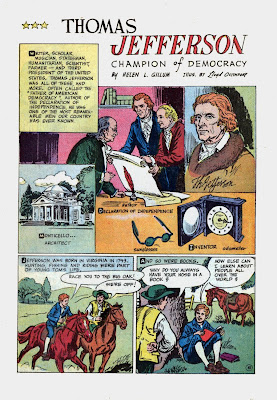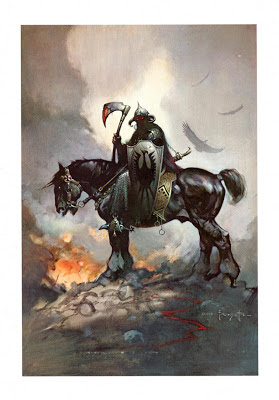Many of the reviews of the Superman franchise reboot, Man of Steel, have been negative:
For two-thirds of the running time, the film is grandly entertaining.... But then, as we get into the climactic battles, the level of wanton destruction becomes excessive, even tacky. Eric D. Snider, EricDSnider.com
*Super-duper-overStatement. A cataclysm-caravan of speeches, doomed and desolate landscapes, proclamations of glorious destiny or rebirth, and sprawling, stone-faced seriousness. Can't save itself from self-suffocating grandiosity. Brian Gibson, Vue Weekly
*Man Of Steel suffers most in its final hour where in degenerates into a seen-it-all-before, CGI-laden action fest. Matthew Toomey, ABC Radio Brisbane
*There's very little humor or joy in this Superman story. Richard Roeper, RichardRoeper.com
*Man Of Steel plunges headfirst into a loud, breathless science-fiction slugfest, offering much spectacle but little wonder. Keith Phipps, The Dissolve
*The worst Superman movie since 1987's Superman IV: The Quest for Peace... David Nusair, Reel Film Reviews
When Sally and I left the theater after seeing Man of Steel her comment was, “It should have been a half hour shorter.” I agreed. The last half hour is excruciating, with a lot of carnage and damage. Two days after seeing the movie those scenes have blurred in my mind, and I remember very few details. The details I remember are that three times we see Superman crashing through a building and skidding on the floor. Why would they need to show that more than once? Likewise the three times Superman is shown opening his mouth, wide, and bellowing something that in a comic book speech balloon would look like this:
Superman is a comic book character who has been around 75 years. People keep trying to remake Superman by gilding the lily...adding to the mythology which came in such a simple form from his creators, Jerry Siegel and Joe Shuster. Their vision of Superman was an optimistic hero. Superman was not a complicated person. This current dark and gloomy vision of Superman, including a morose Clark Kent, is done to satisfy some fantasy the filmmakers have about the character, making for phony dramatics. The need to “improve” the character reminds me of epic Bible story movies, where stories are puffed up with violence and sex and dialogue not found in any holy writ.
I go back to 1978, and the joy Sally and I had sitting in a Cinerama theater, close to the front so we felt surrounded by the screen, watching Christopher Reeve’s star-making role as Superman/Clark Kent. My personal joy was his relationship with Lois Lane, played by Margot Kidder. The movie had a sense of humor, something completely lacking in Man of Steel. That goes along with how seriously the Man of Steel filmmakers see the subject, taking out much of the humanity I believe they have missed. The best Superman (in my opinion) outside of that first Christopher Reeve movie, is the Superman of the earliest days of the comics, when Superman stories could actually be funny. Those comic books, sitting now in comic book collections and in expensive reprint volumes, aren’t what today’s moviegoing public would be likely to see or experience. A young person seeing this dour version of Superman would not be in on what it was that kept Superman going for decades, even before the smash 1978 hit made him a movie hero.
Nowadays filmmakers don’t make big movies; they put the actors in front of green screens and the CGI artists make what we see. The shame is the filmmakers spent millions of dollars using the talents of many CGI artists in creating such a reality, and yet while it was unrolling before me my brain went somewhere else to keep me from falling asleep. I think the best test of whether a movie is good is whether you leave it in the theater when you go home, or retain memories of it. I remember very little of Man of Steel.




































